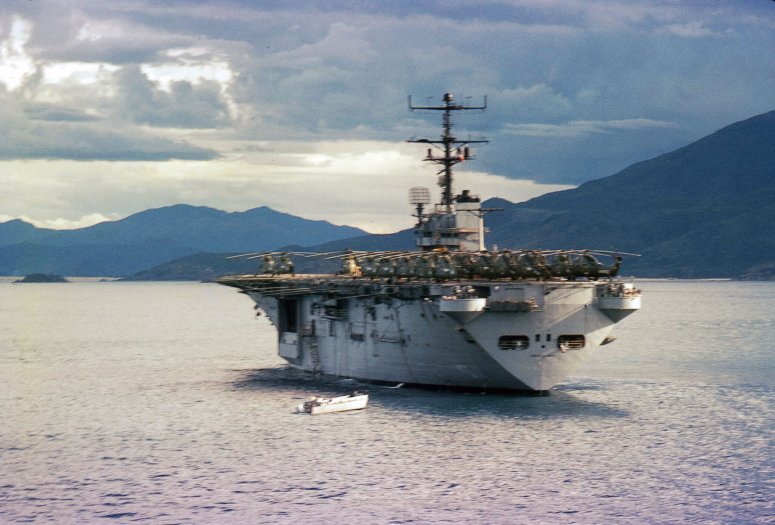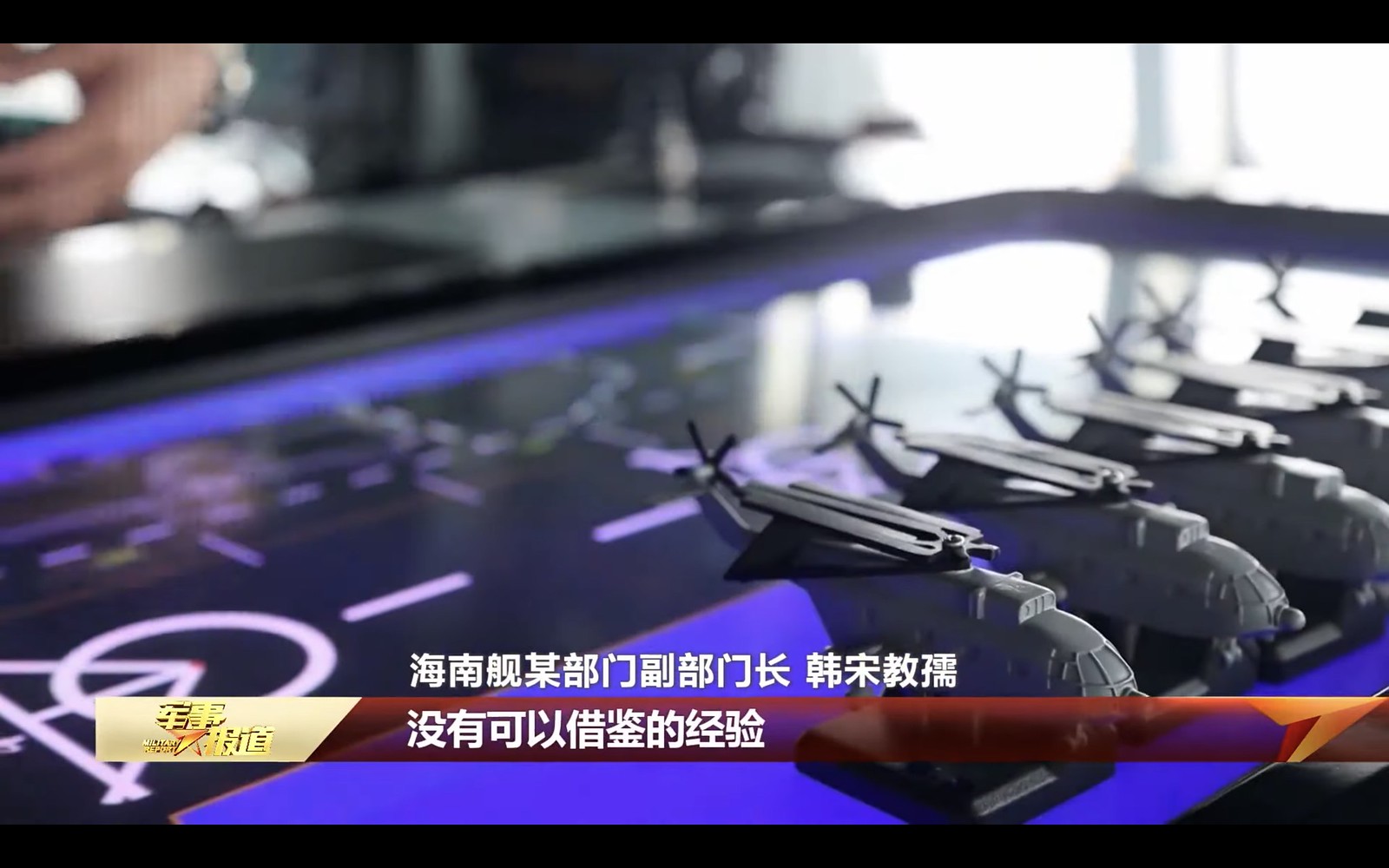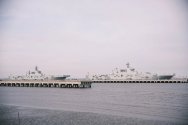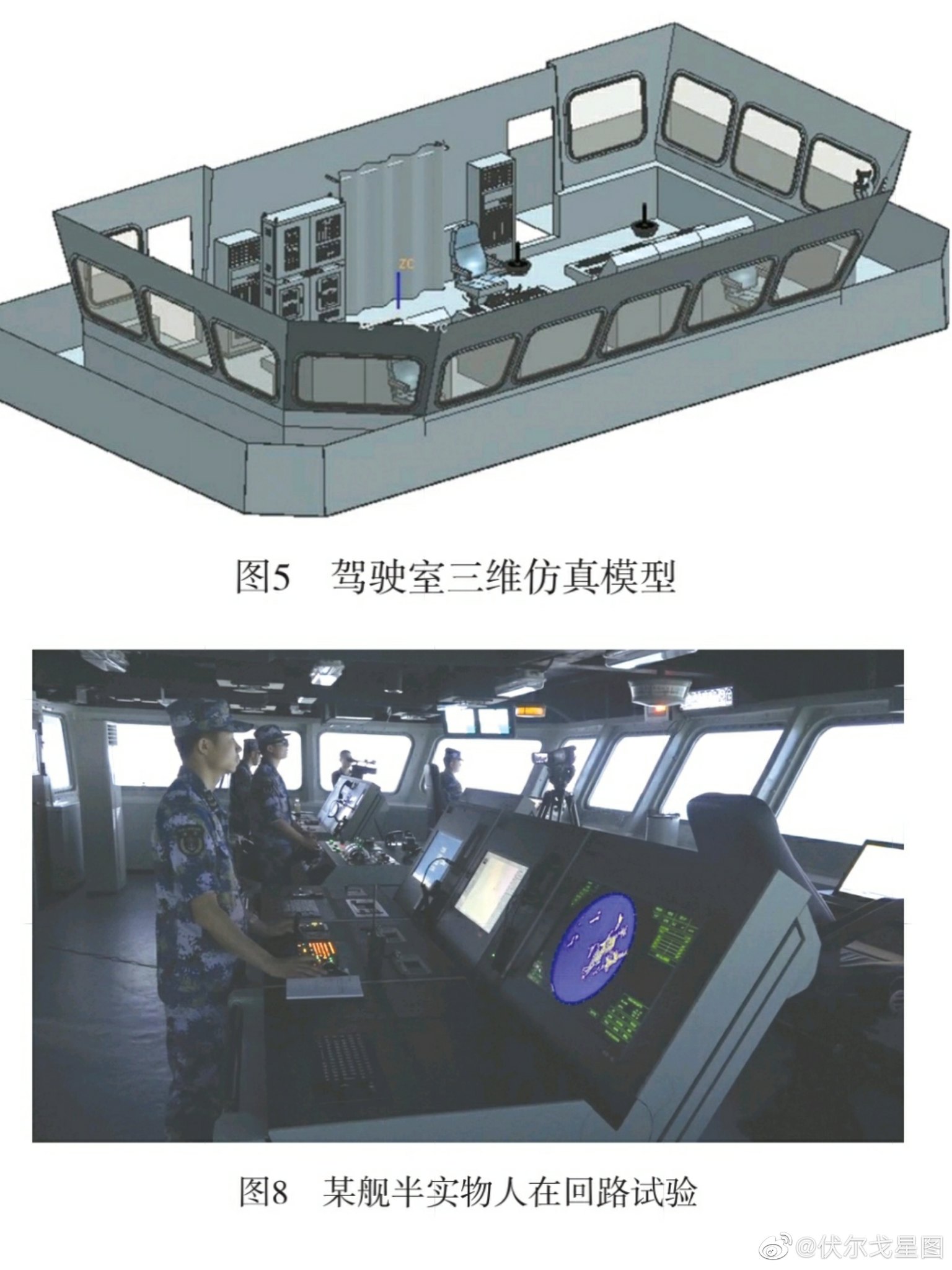Before anyone comments on amphibious doctrine it is proper to learn something about its development and purpose. Fort Leavenworth has a great series on military history that is available publicly that I strongly recommend:
----
The concept of beach landings was developed in the interwar period to avoid costly and risky capture of enemy port facilities which was the traditional mode of amphibious operations. The development of landing ships came out of this doctrinal shift.
The purpose of beach landing was to avoid opposed landings.
1. The most important rule of amphibious operations is: never conduct an opposed landing.
The goal of a landing is to deploy the landing force in such place and at such time so as to enable
fastest possible exit from the landing zone. An opposed landing is the worst case scenario that may prevent exiting the landing zone indefinitely.
2. The most vulnerable position for a landing force is: on the beach during landing.
During an opposed landing the landing force is constrained on all sides. Behind is water preventing retreat. In front are enemy positions. To each side are narrow gaps that may or may not be used for flanking. The beach itself is a flat open space and the ground is sand, rocks or mud that makes maneuver hard or impossible. It is assumed that on the beach the landing force is
static. There is no maneuver until the landing force leaves the beach.
3. The most destructive weapon in terms of inflicting casualties on the battlefield is: artillery.
A landing force stopped at the beach is a static soft target for concentrated artillery fire. Unlike the defending force the landing force doesn't have prepared defensive positions e.g. trenches, and the beach is an open flat space that is an ideal target for both contact and airburst munitions. Any casualties taken during the landing delay the exit. Any disruptions during the landing delay the exit.
Any delay to the exit from the landing zone means exposure to concentrated artillery fire.
Specifically
to avoid all these problems the doctrine of
aerial insertion behind potential enemy lines and away from the beach was developed as soon as means of aerial insertion via helicopter became possible.
Aerial insertion secures the landing zone by establishing a secure perimeter and taking control of main lines of communication to facilitate the fastes possible exit from the landing zone.
The first purpose-built ship with a full deck was USS Iwo Jima designated as
Landing
Platform
Helicopter. USS Iwo Jima was laid down in 1959 and commissioned in 1961. It had full displacement of 18 474 tonnes and operated up to 25 UH-1, H-34 and later CH-46 helicopters.
The dock was added in Tarawa-class first commissioned in 1973. Tarawa had full displacement of 40 thousand tonnes and operated up to 45 helicopters typically CH-53 and CH-46.
The full aviation deck operating multiple helicopters was the
intended primary capability.
The dock came as complementary
secondary capability after Iwo Jima demonstrated the viability of dual facilities in a ship of sufficient size. Iwo Jima was the experimental class that was used to develop doctrine, tactics and procedure. During that process it was realised that a larger ship with dock facilities doesn't hamper helicopter operations and adds flexibility.
If hulls is cheap, build a bigger ship.
Compared to all other elements of the ship the volume in the hull is the cheapest and easiest way of increasing capabilities. It improves seaworthiness
, stability and usefulness of a ship. The only scenario where bigger is not better is when ports or other infrastructure prevents a certain size.
With the development of heavy helicopters it became possible to conduct assault with helicopters alone and use watercraft to deliver heavy vehicles and heavy cargo.
Currently the USMC has shifted to aerial insertion to such extent that almost the entirety of assault operations are conducted via aerial insertion. It is therefore an
airborne assault formation with amphibious logistical delivery.
That's because
amphibious landings are inconvenient, risky and unpredictable.
Factors such as
change in sea state can easily disrupt the timetable of operations. Seas have l
ocal tides and poor recon can cause landing craft to run aground away from the beech which may often prevent the troops and vehicles from disembarking altogether. Etc etc.
When a unit moves on land it can take defensive position or counter-attack. When a unit is being transported via aircraft it moves fast and can change its landing or deployment zone. When a unit is being transported via watercraft it is moving slowly in a vulnerable state in a hostile environment until it leaves the beach and it can only land on the beach.
Airborne assault has an entire area to choose from. Shipborne assault can only take you as far as the shoreline and the beach.
The reason why amphibious landings are still conducted is because there is a hard limit on the mass that can be carried by aircraft. But there is a reason why the French Navy which operates
three 21,5 thousand tonne Mistral-class LHDs has only
four EDA-R landing craft with the rest being 10 knot LCMs?. That is because
aerial insertion is the preferred method of delivery of force to the landing zone. There is no waterborne insertion unless the landing zone is secured by a prior airborne assault. Fast landing craft are helpful but not necessary.
I see value in the 071 as a much cheaper platform to deploy troops and tanks via boats and LCAC. Not for helicopter assaults.
Type 071 is not an amphibious
assault ship but an amphibious
landing ship.
The primary role of Type 071 is
transport. It does not deploy "troops and tanks" but payload. In majority of instances it will be
supplies. In majority of instances landing operations will be resupply operations or transport operations where troops will be deployed to take control of territory via an improvised landing zone.
The purpose of landing ships is delivering payload to
improvised landing zones regardless of whether they constitute a combat zone or not.
"Amphibious" means "no port" and not "combat". The latter distinction is the "assault" and "landing" part.
Any amphibious operation is a
logistical operation first. An amphibious landing operation is a
logistical operation. An amphibious assault operation is a
logistical and combat operation.
Can anyone elaborate how Type-075 or helicopter carriers in general be used for Anti-Submarine Warfare?
They are large floating helipads. At high sea states helicopter operations are impossible from smaller vessels. That's all. Anti-submarine operations are not helicopter operations. They are combined operations where helicopters play a specific and important but narrow role. Helicopters alone are insufficient for ASW. Typically they complement a towed array or a patrol aircraft buoy network.
Hyuga is not a "helicopter carrier" but an
anti-submarine ship with additional missions e.g. command ship. It has a large bow sonar OQQ-21 with flank arrays.
Anti-submarine warfare ships must have reduced acoustic signature and are designed with additional
silencing measures which are costly. Amphibious warfare ships are simple ships without silencing.
Hyuga has only
four landing spots on aviation deck:
Mistral has six:
Hyuga has top speed of
30 knots Mistral has top speed of 19 knots. Wasp-class has top speed of 22 knots.
Izumo was designed from the outset with future conversion to STOVL in mind.
In conclusion:
Type 075 is an amphibious assault ship for airborne insertion because that's what works best under current battlefield conditions.
----
Hopefully this will solve the problem of people who strongly want to argue the corectness of their opinion but refuse to conduct prior basic research into the subject despite plentiful data being available. Please don't do it. You're wasting everyone's time - including your own.
As wise master Sun once said:
Less typing. More reading. No problems.













